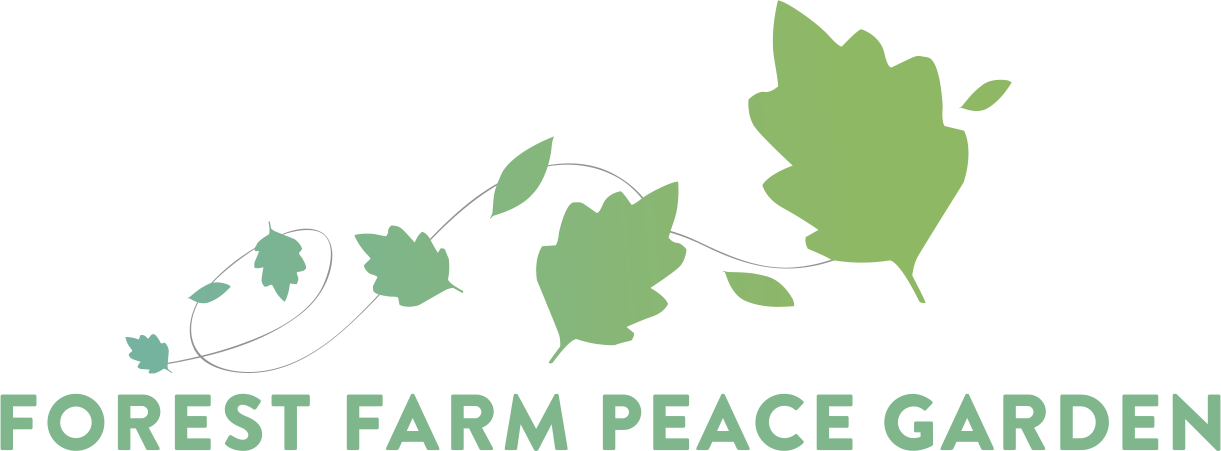Cleaver flowers
Cleaver seeds
Common Name Cleavers
Genus & Species Galium aparine (L.)
Family Rubiaceae
Other Names Goosegrass, Stickyweed, Sticky-willy, Velcro-plant
Range and Habitat A common ‘weed’ of gardens, hedgerows and wild areas throughout lowland UK, with a range that extends across Europe, northern Africa, temperate Asia and regarded as an invasive introduction in South Africa, North America and Australasia. It favours heavy soils with above-average nitrogen and phosphorus content, and prefers soils with a pH value between 5.5 and 8.0
General ID Cleavers are annuals with creeping straggling stems which spread over other plants attaching themselves with small hooked hairs which grow out of the stems and leaves. The angular stems can reach up to three feet or longer and carry whorls of six to eight simple, narrowly oblanceolate to linear leaves. They have tiny, star-shaped, white to greenish flowers, which emerge from early spring to summer. The four petalled flowers are clustered in groups of two or three and are borne out of the leaf axils. The spherical fruits are burrs which grow one to three seeds clustered together; with a thin skin covered with hooked hairs which cling to animal fur, aiding in seed dispersal.
For food… All aerial parts are edible. The leaves and stems of the plant can be cooked as a leaf vegetable if gathered before the fruits appear and are excellent wilted with butter. However, it is less palatable if eaten raw due to the hooks. It can also be used to make an infusion by steeping in cold water. Cleavers are in the same family as coffee and its fruits have often been dried and roasted, and then used as a coffee substitute which contains less caffeine. They can be used as an addition in vegetable soups.
For healing… Poultices and washes made from cleavers were traditionally used to treat a variety of skin ailments, light wounds and burns. As a pulp, it has been used to relieve poisonous bites and stings. To make a poultice, the entire plant is used, and applied directly to the affected area. It can be used in hot or cold infusions. For a cold infusion, steep in water and refrigerate for 24–48 hours. The herbalist Culpeper suggests its use to treat obesity. In modern herbalism it is regarded as a good cleansing remedy, supporting the lymphatic system to detoxify the body and a diuretic. It is used to treat swollen lymph glands, tonsillitis, glandular fever and recurrent throat infections, eczema, psoriasis, arthritis and seborrhoea.
In culture… According to Dioscorides, ancient Greek shepherds used the stems as a sieve to strain milk. Carl Linnaeus later reported the same usage in Sweden. Along with other Galium species (the bedstraws), the dried, matted foliage of the plant was once used to stuff mattresses throughout Europe as their clinging hairs matt together, giving a uniform thickness to the mattress filling. Like its relative, Madder (Rubia tinctorial) the roots of cleavers can be used to make a red dye. Children have also long delighted in the stickiness of cleavers in various forms of play, such as mock camouflage and various pranks.
For wildlife… As a succulent herb it is popular with aphids and froghoppers and is also a food plant for the Hummingbird Hawk Moth (Macroglossum stellatarum), the Red Twin-spot Carpet Moth (Xanthorhoe spadicearia) and the Barred Straw Moth (Eulithis/Gandaritis pyraliata).
At FFPG… It grows all over the place in springtime; but is particularly dense in the forest garden and along the hedges.
Disclaimer:
This is intended for information only. FFPG, its staff, trustees and volunteers do not make any claim as to the safety or efficacy of plants listed for medicinal purposes and do not encourage the consumption or use of any of the plants listed herein. Anybody wishing to use plants for medicinal effect is advised to consult their medical professional.



